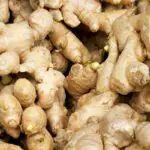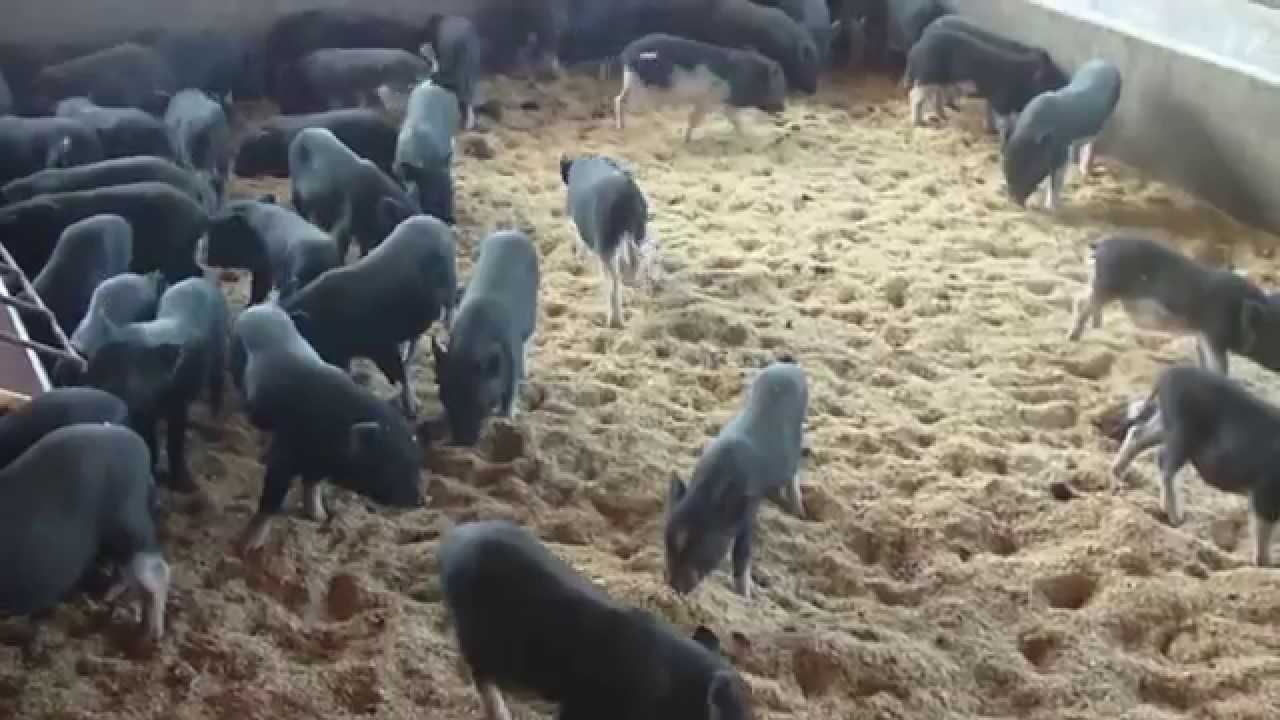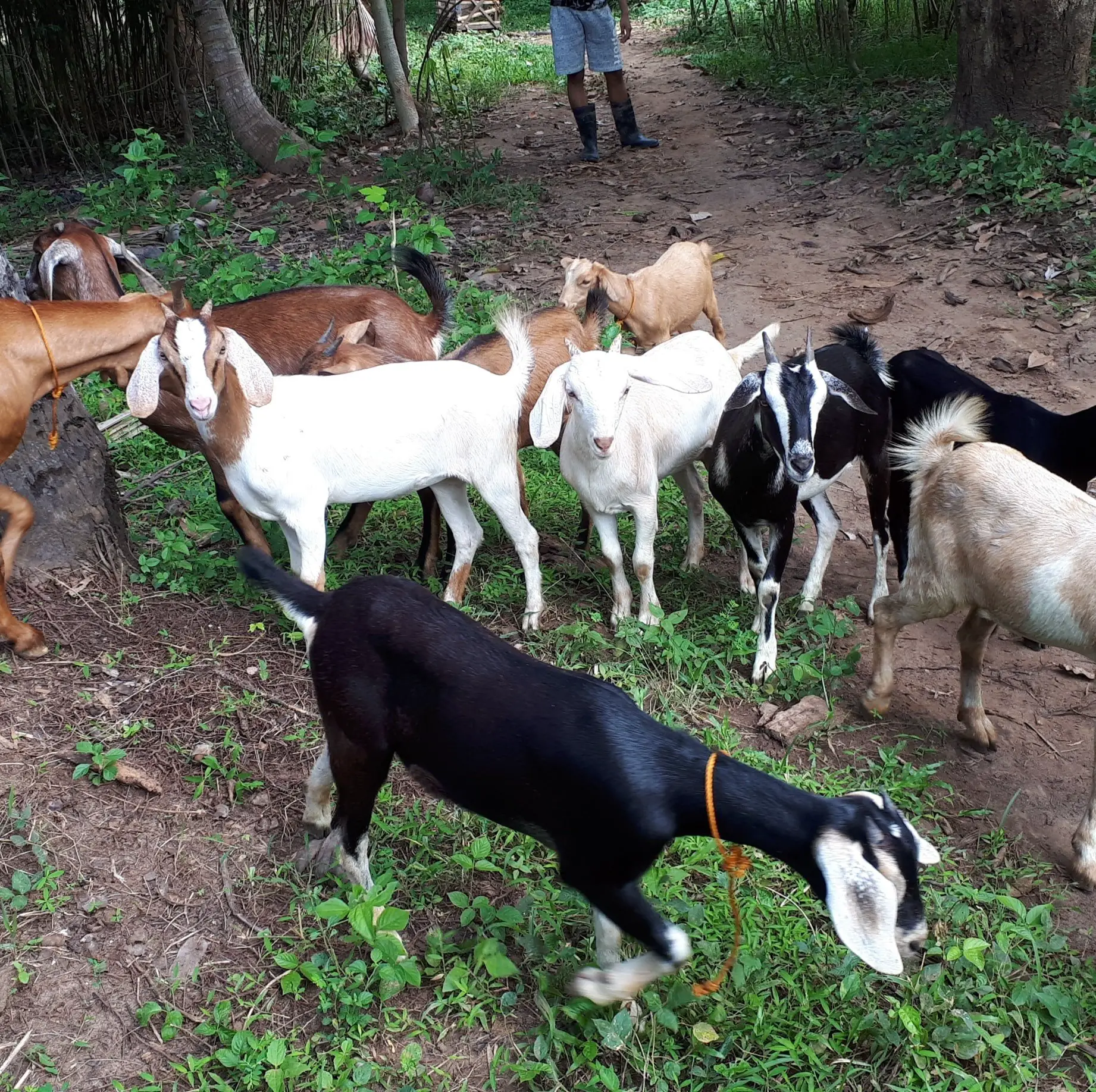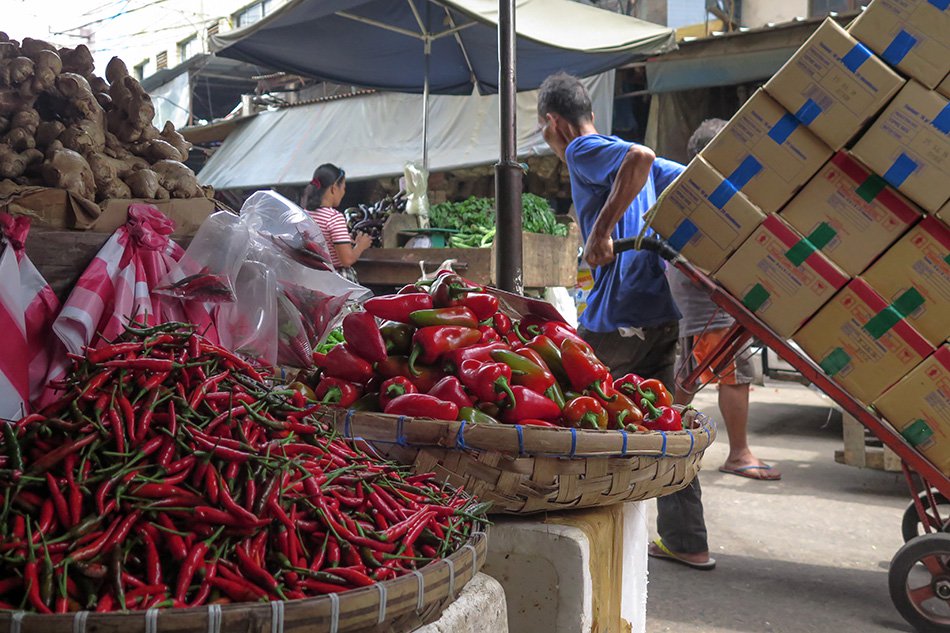A key to a profitable swine production business is a healthy breed of pigs. One of the many challenges swine raisers face is when their breed start to show signs of diseases. Breeding farm managers and staff should be able to detect symptoms of diseases and make necessary precautions, alert the veterinarian or both. A suitable medication within the early stages of a disease is essential, and can go a long way to save the herd while maintaining a healthy production streak.
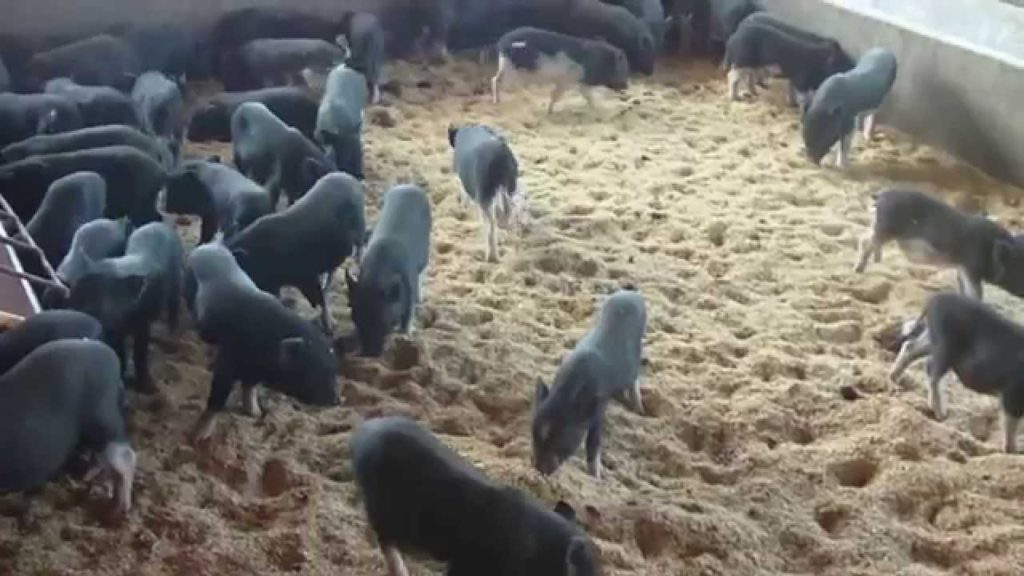
Swine diseases can be categorized as during pre-weaning, growing/finishing and breeding periods.
A. Pre-weaning period
1. Colibacillosis
Colibacillosis is a common disease that is caused by Escherichia coli bacteria. It is of significant economic importance concerning the loss of livestock. It is the most common infectious bacterial disease of poultry and is seen in cattle, pigs, goats, and other mammals. It can be detected in pigs through symptoms such as severe diarrhea caused by enteritis, lameness, stunted growth, inactivity, lack of appetite and water consumption, and unresponsiveness. As treatment for this disease remains an emerging field in colibacillosis studies, focus is mainly focused on prevention. This includes prevention of fecal contamination in newborn piglets and ventilating the incubators/houses where the animals are kept.
2. Exudative dermatitis
The visible signs of this disease are skin lessions, probably caused by infection of the bacteria Staphlococcus hyicus. In serious cases of this greasy pig disease, death can occur especially when bacteria penetrates and damages the liver and kidneys. At first, lessions appear on dark parts of the skin which later spread and became flaky. Usually antibiotics are used to treat the infection, along with skin protectants and autogeneous vaccines. The key to prevention is improving hygiene in piglet enclosure as well as its design to prevent introduction of infection through skin abrasions caused by rough floors.
3. Coccidiosis
Coccidiosis is a parasitic disease of the intestinal tract of animals caused by coccidian protozoa that causes diarrhea. Such episodes can be bloody, often between 10 and 21 days of age and up to 15 weeks of age. Acute cases are treated with fluid therapy and coccidiostats. Secondary infections can result from damage to the intestinal wall. Preventative treatment of sows infected with coccidiostats is appropriate. Hygiene should be improved to end the cycle of infection; sow feces are a major source of infection and flies help spread it. Providing a warm, dry, clean creep area will help to reduce the parasite load and the likelihood of coccidial infection.
B. Post-weaning and growing period
4. Respiratory diseases
Respiratory diseases among pigs translates to coughing, sneezing and abdominal breathing. Undetected and untreated cases can lead to reduced growth rates and potential pig deaths. To treat such diseases, antibiotics can be administered as part of feeds or drinking water or injected. To prevent such health conditions proper ventilation should be maintained. Also appropriate environmental conditions is needed to keep respiratory diseases at bay. For example, high levels of ammonia in the surrounding can make pigs more susceptible to infections. Vaccines are available for some forms of pneumonia, although the strain affecting a farm should be identified to help exercise a proper treatment.
5. Swine dysentery
Carried by rodents, swine dysentery caused by the bacteria Brachyspira hyodsenteriae can cause pigs to suffer from diarrhea. As a result, growth rates of post-weaning pigs are reduced, and in some cases, deaths can occur. Antibiotics are used to treat the disease, either in feed, water or as an injectable. Reducing stocking density can be an effective way of reducing infection pressure and stress in the herd. As well as improving hygiene levels, rodent control is a high priority; rodents are a vector for this disease. The strategy for buying and introducing replacement stock should be reviewed, as this a major route of disease introduction.
C. Breeding stock
6. Mastitis
Mastitis is inflammation of one or more mammary glands caused by a variety of bacteria species or secondary to other diseases. It is a common condition that occurs sporadically in individual sows or sometimes as a herd outbreak associated with a specific infection. Symptoms include loss of appetite, reduced milk production and higher body temperature. Antibiotics, along with anti-inflammatory drugs are effective treatments. Oxytocin may be used to encourage let down of milk and corticosteroids can be prescribed. Hygiene in farrowing housing is important, along with nutrition during late pregnancy to promote immunity. Stress can also be a factor, and it is important to make sure that teats are not being damaged by sow housing facilities. This disease has a significant effect on productivity because of the potential effect of reducing the number of piglets weaned by sows.
7. Porcine parvovirus
Porcine parvovirus is the most common and important cause of infectious infertility. Pregnant sows infected with parvovirus are likely going to experience adverse reproductive performance such as mummification and stillbirths can occur, resulting in small litter sizes. Accurate diagnosis is important as other reproductive diseases share the same symptoms. As virus can survive outside the host for several months, parvovirus can be endemic in most herds. Other pigs can spread the virus, although most of the damage takes place during pregnancy. At the moment, there are no treatments available; in order to prevent this disease routine vaccination of gilts is advisable.
The following tables are taken from the Department of Agriculture and Fisheries Department of Australia’s State of Queensland.
Table 1. Diseases of the pre-weaning period
Table 2. Diseases of the post-weaning period
Table 3. Diseases of breeder pigs
Conclusion
As you can see in the list of diseases above, many of which can be prevented, with recurring themes such as proper hygiene, sufficient ventilation and reducing stress among pigs an important elements in keeping the swine herd healthy. Vaccination further helps secure the health of the herd and immunity can be further boosted with optimal nutrition. Vaccines have been developed and are routinely given for many diseases. However, producers should remain vigilant and make sure that all stock people know the signs and symptoms of common diseases.




